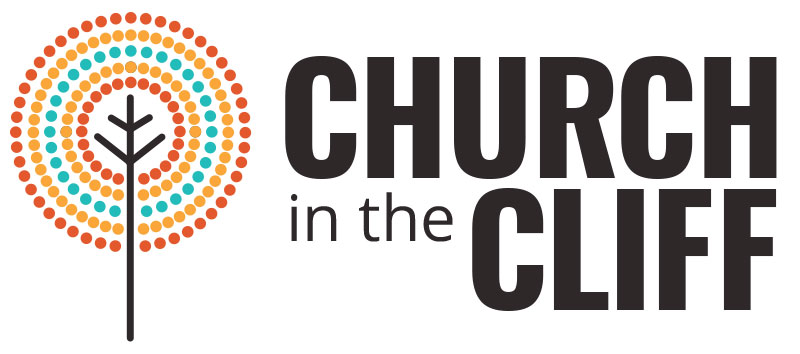Again, catching up, so this was the e-mail that went out last week for Ephiphany:
Merry Christmas! Did you think that was over? Not quite. As the lyrical evidence clearly shows, there are twelve of them. They culminate on January 6, this Sunday, in the Epiphany. Technically, the Epiphany is the account the visitation of the Magi provided by Matthew. However, popular piety likes to mash the Gospels together. I often regard this mash as a flavorless paste that dulls the spice and texture of each author, but there are times when it can be a tasty gumbo, where all the ingredients are distinct, but speak to one another in interesting ways. In this case, all the characters of the Gospels show up in the manger, in our nativities: Mary, Joseph, the angels, shepherds – and their sheep! – the Magi and the camels they rode in on. Everyone is there to witness the manifestation of God in the form of the baby Jesus.
This, of course, is not what the Epiphany has always been. It has been, in the past, the celebration of Jesus’ Baptism, when he was presented to the world as God’s child. It has been a celebration of Jesus first miracle recorded in the Gospel of John, turning water to wine at the wedding in Cana. And now the Magi and the angels and the shepherds. In all cases, it is the celebration of the revelation of the identity of Jesus as God’s Anointed and the presence of that One in our lives.
This week, we’ll look at the visitation accounts of the shepherds found in Luke 2:8-20 and of the Magi found in Matthew 2:1-12. Here we have the very lowest of society and the very highest of society coming to see the baby Jesus. They come for different reasons and they leave with different understandings, but they all know that they have encountered God With Us and they all must respond.
Please join us this Sunday, 11am at Kidd Springs Rec Center, as we talk about who Jesus is and how we might respond to that Epiphany.
Grace and Peace,
Scott
One thing I’m enjoying in being off of school for the month is that I get to spend some time developing experiential responses for our topics. This week was easy, taking off on the gifts of the Magi: gold, frankincense, and myrrh. I think we have become so used to this trio of gifts that we no longer consider their symbolic resonance. I wanted to give people a chance to rediscover that.
Gold was, for the Magi, a symbol of power just as it is for us today. As the Golden Rule says: “The one who has the gold makes the rules.” The Magi were claiming power for this little helpless baby. In response, I asked people to take a coin (Mardi Gras coins!) and consider their own experience of power in their lives. Do you have power over the world? Or does the world have power over you? What is the source of that power? Who wins and who loses in the exercise of that power?
Frankincense was used in sacred rituals all over the ancient world. No other incense was allowed on the altar of the Jewish Temple and secular use was restricted in Jewish law. The Magi are claiming a sacred character for Jesus, that he is set apart. How are you set apart? What makes you you? That is the image of God.
Myrrh was a perfume, but it was particularly used in embalming. This points us forward to the end of our story. Jesus is certainly divine, but he is also human. He will die and he will die in a horrible and humiliating way. He will give his life for those he loves. What do you have to give? Who would you give it for? What is worth living for or dying for? I asked people to anoint themselves with myrrh oil as gifts to the world.
Because that is what you are. Each of us contains the image of God, a source of power that sets us apart and prepares us as gifts to the world. If each of us can see that, then surely the dreams of God are at hand.
